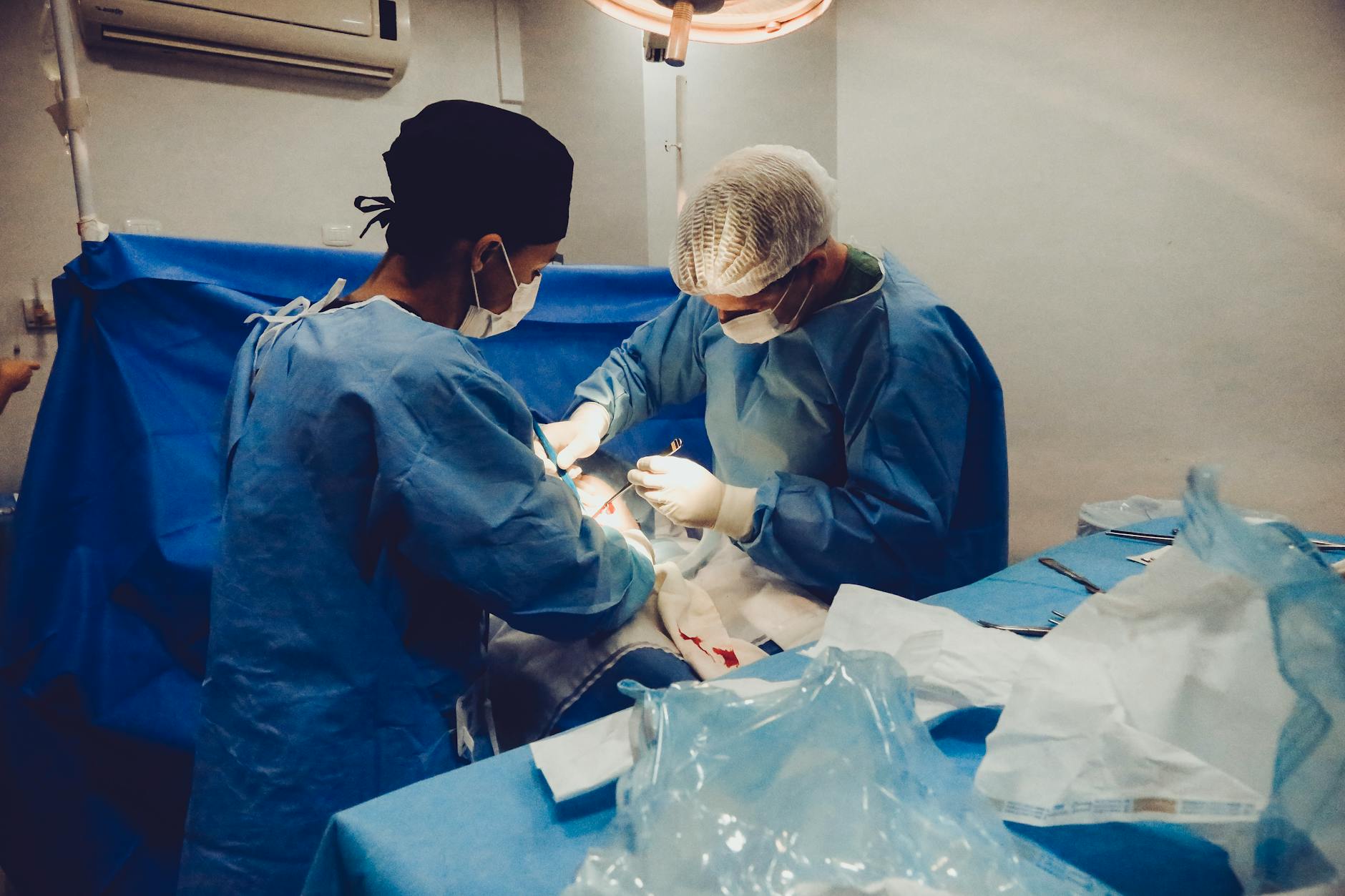
Plastic Surgeon
“Don’t pop that pimple!” warns plastic surgeon Dr. Joel Aronowitz in response to an enormously popular video of a woman popping a stye on her eyelid on TikTok.
Dr. Aronowitz Explains Chalazions
Lumps in the eyelid and other soft tissues of the face are extremely common, Dr. Aronowitz says. The glands that line the eyelid produce an oily secretion similar to the secretions of the sebaceous glands that can cause pimples. When they get stopped up, they create an area of inflammation known in medicine as a chalazion. These basically benign bumps may appear on either the upper or lower eyelid, or sometimes both.
Chalazions usually occur in adults, not children, because adults have thicker eye secretions. They usually don’t hurt, but they can get quite large. Dr. Aronowitz says that the first thing you need to do when you have a chalazion isn’t to start Googling for Joel Aronowitz MD, although he does have a video on the subject on his YouTube channel, Aronowitzland.
What you need to do is to soak a clean washcloth in warm (but not hot) water, and leave it lying gently over your closed eye for a few minutes. Keep a warm (again, not hot) cloth on the affected eye until you feel some relief from swelling. This helps the sticky fluids in the gland in your eye begin to drain.
Repeat this process two or three times a day until your eye improves. Generally, chalazions respond to very simple treatment.
Squeezing a chalazion can create a stye
A stye (the medical term is a hordoleum) is usually a chalazion that someone tried to pop.
A stye is very red. It’s painful. It may try to drain itself.
Here’s why trying to pop a stye is dangerous:
Even when there is an opening in the stye (sometimes you can see them), a stye is basically an inflamed sac of cheesy, thick material. When you put pressure on a stye, you are squeezing some of the cellular debris and bacteria out of the stye, but you are also squeezing some cellular debris and bacteria further into your eyelid.
When you squeeze a stye, you colonize all the surrounding tissue with bacteria that can cause even more infection and inflammation.
When do you need to see a doctor about a stye?
Dr. Aronowitz advises patients to seek medical help when a stye begins to release whitish-yellow pus.
There is a thin, yellow fluid that can leak from te capillaries in the eye that is a sign of inflammation, but not necessarily infection. Pus is a collection of dead white blood cells and dead bacteria that indicates an infection needing medical treatment. A warm compress may relieve pain, but it won’t stop infection once it has spread.
Squeezing a stye can lead to an infection that causes a permanent cosmetic deformity of the eyelid. In the most severe cases, the infection can spread to the tissues around the eye. Don’t pop that pimple, Dr. Aronowitz says, and let your eye heal on its own.






